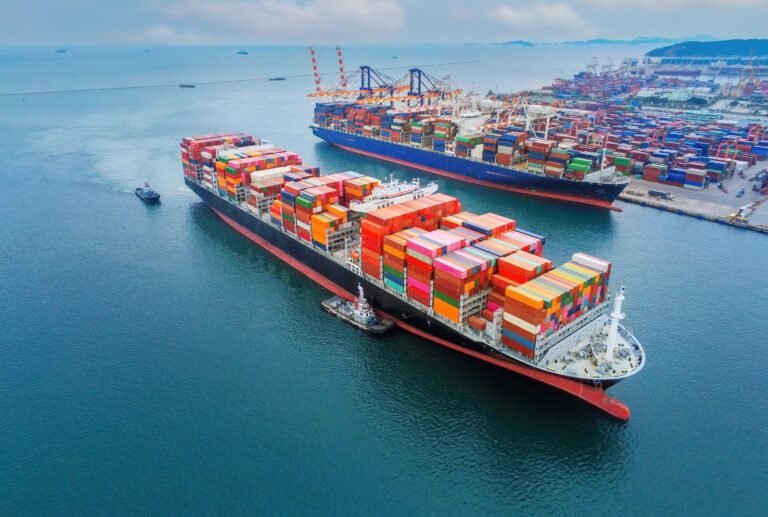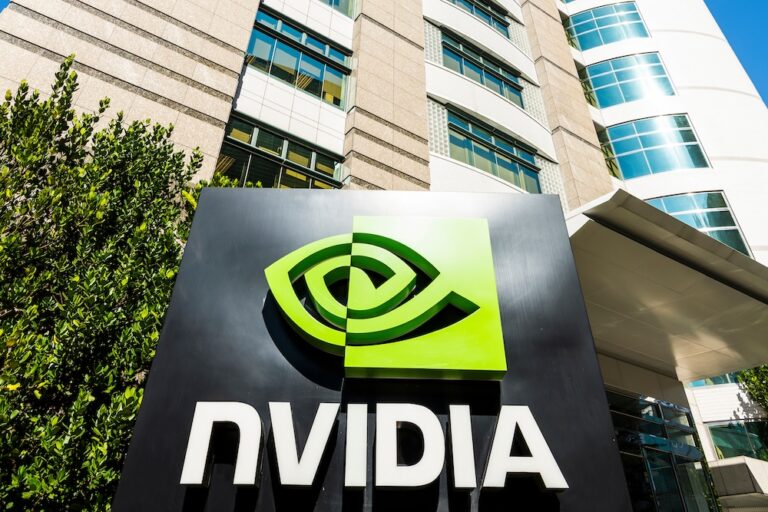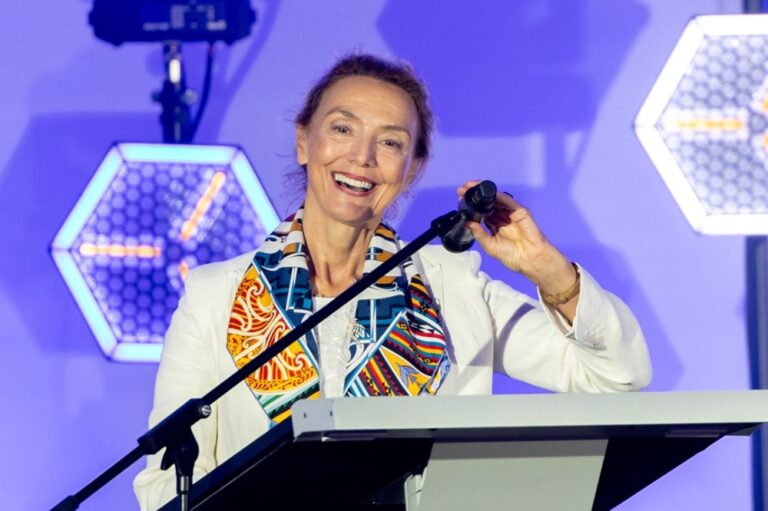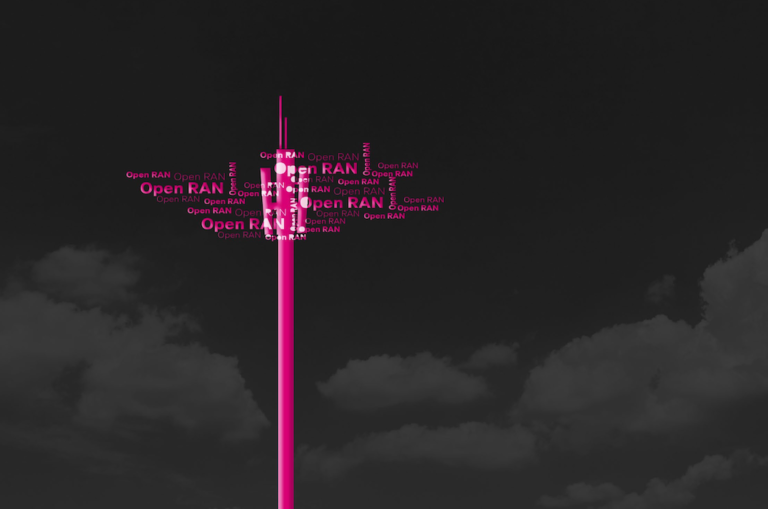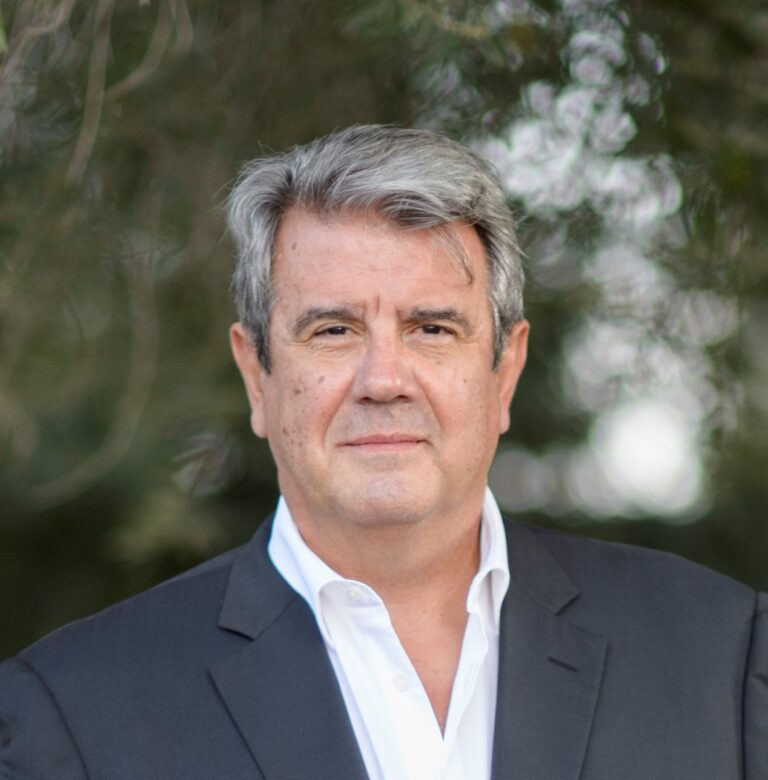China Mobile has said it will reach L4 (high autonomous network) by 2025 and as other operators follow, the shift in RAN spend is underway
Analysts have continued to signal a slowdown in RAN equipment spend as operators slow down their investment in 5G rollouts with the cutbacks impacting several market segments, the most recent being microwave backhaul/fronthaul.
However, some of the telco spend has also shifted to driving opex down, which is manifesting in investment in more RAN automation. It is easy to see why. According to Ericsson, operator opex could double over the next five years without more automation across deployment and management and operations, just to support the MBB-driven changes.
As Dell’Oro pointed out last year, while greenfield networks are clearly moving toward new architectures that are more automation-conducive, brownfield operators – i.e. most of the operators – today falls somewhere between L2 (partial autonomous network) and L3 (conditional autonomous network), with some way to go before reaching L4 (high autonomous network) and L5 (full autonomous network) – as per the TMF’s network categorisations.
SNS Telecom & IT’s latest research report indicates that global spending on Open RAN automation software and services will reach nearly $700 million by the end of 2027. SNS believes operators are being driven by the chance to defer avoidable capex, minimise energy consumption and rebalance their opex-to-revenue ratios.
Setting the scene
The RAN automation market, which began with the introduction of Self-Organizing Network (SON) technology during the LTE era, is undergoing significant evolution. Initially aimed at simplifying cellular networks through self-configuration, optimisation, and healing, SON has seen limited adoption, with only a third of mobile operators employing its centralised (C-SON) form due to challenges like interoperability and scalability. However, the industry’s move towards open interfaces and virtualisation is driving a shift towards Open RAN automation, incorporating standards-based components such as RAN Intelligent Controllers (RICs) and advanced applications that enhance network programmability.
Energy efficiency has also emerged as a key focus, particularly in the 5G era with its higher radio density. Operators are utilising AI-driven automation to balance network loads and reduce power consumption, with companies like NTT Docomo and Rakuten Mobile reporting significant energy savings. Open RAN automation is also expanding globally, with operators like AT&T, Swisscom, and Vodafone integrating new platforms to future-proof their networks.
SNS expects investment in Open RAN automation – as opposed to the overall RAN market – to surge, with global spending projected to grow at over 125% annually between 2024 and 2027, as operators address technical hurdles and scale their automation initiatives. This will go on RIC, SMO and x/rApps, alongside the second wave of Open RAN infrastructure rollouts by brownfield operators.
The Open RAN automation market will eventually account for nearly $700 million in annual investments by the end of 2027, according to SNS, as standardisation gaps and technical challenges in terms of the SMO-to-Non-RT RIC interface, application portability across RIC platforms and conflict mitigation between x/rApps are ironed out.
The analyst firms believes this transition signals a broader transformation in the RAN automation market, anticipated to grow by 8% annually over the same period. This wider market for RAN automation software and services includes Open RAN automation, RAN vendor SON solutions, third party C-SON platforms, baseband-integrated intelligent RAN applications, RAN planning and optimisation software, and test/measurement solutions.
Overcoming shortcomings
The shortcomings of the traditional D-SON and C-SON approach, together with the cellular industry’s shift towards open interfaces, common information models, virtualisation and software-driven networking, are driving a transition to Open RAN automation with standards-based components that enable greater levels of RAN programmability and automation.
SNS said the Open RAN automation movement is stimulating innovation from a diversified community of application developers. In addition to well over a dozen providers of SMO, Non-RT RIC and Near-RT RIC products, more than 50 companies are actively engaged in the development of xApps and rApps.
Some mobile operators have established dedicated business units to commoditise their RAN automation expertise. NTT Docomo’s OREX brand and Rakuten Mobile’s sister company Rakuten Symphony are two examples. In the coming years, SNS also expects to see more spinoffs of academic institutes with commercial-grade Open RAN automation offerings, such as Northeastern University’s zTouch Networks and TU Ilmenau’s AiVader.
The SMO and RIC ecosystem is exhibiting early signs of consolidation with Broadcom’s takeover of VMware and HPE’s planned acquisition of Juniper Networks, although both deals have much wider ranging implications for the AI infrastructure and networking industries. Depending on the commercial success of third party RAN automation platforms, SNS anticipates seeing further M&A activity reminiscent of the SON boom in the previous decade.
One RIC to rule them all
While the benefits of SON-based RAN automation in live networks are well-known, expectations are even higher with the RIC, SMO and x/rApps approach. For example, NTT Docomo expects to lower its TCO by up to 30% and decrease power consumption at base stations by as much as 50% using Open RAN automation. In February, the operator announced it will use AWS to deploy Amazon Elastic Kubernetes Service Anywhere (Amazon EKS Anywhere), a container management software, on its 5G Open RAN to simplify network operation with automated cluster management tools, enabling the operator to easily run and optimise its 5G Open RAN.
SNS said it is worth highlighting that domestic rival Rakuten Mobile has already achieved approximately 17% energy savings per cell in its live network using RIC-hosted RAN automation applications. Following successful lab trials, the greenfield operator aims to increase savings to 25% with more sophisticated AI/ML models.
RIC-hosted x/rApps
Outside of public mobile operator networks, interest is also growing in vertical industries and the private wireless segment. The US Department of Defense is actively exploring the potential of RIC-hosted x/rApps to enhance the ability to detect, analyze, and mitigate a wide range of security threats in Open RAN networks for both commercial and warfighter communication scenarios. Among other examples, Taiwanese electronics manufacturer Inventec has incorporated rApps for indoor positioning and traffic steering as part of its private 5G network solution for smart factories.
Although Open RAN automation efforts seemingly lost momentum beyond the field trial phase for the past couple of years, several commercial engagements have emerged since then, with much of the initial focus on the SMO, Non-RT RIC and rApps for automated management and optimisation across Open RAN, purpose-built and hybrid RAN environments, according to SNS.
Within the framework of its five-year $14 billion Open RAN infrastructure contract with Ericsson, AT&T is adopting the vendor’s SMO and Non-RT RIC solution to replace two legacy C-SON systems. In neighboring Canada, Telus has also initiated the implementation of an SMO and RIC platform along with its multi-vendor Open RAN deployment to transform up to 50% of its RAN footprint and swap out Huawei equipment from its 4G/5G network.
Europe shifting as well
Similar efforts are also underway in other regions. For example, in Europe, Swisscom is deploying an SMO and Non-RT RIC platform to provide multi-technology network management and automation capabilities as part of a wider effort to future-proof its brownfield mobile network, while Deutsche Telekom is progressing with plans to develop its own vendor-independent SMO framework. Open RAN automation is also expected to be introduced as part of Vodafone Group’s global tender for refreshing 170,000 cell sites.
Deployments of newer generations of proprietary SON-based RAN automation solutions have not stalled either. In its pursuit of achieving L4 automation, China Mobile has recently initiated the implementation of a hierarchical RAN automation platform and an associated digital twin system, starting with China’s Henan province, according to SNS.
Among other interesting examples, Japan’s SoftBank is implementing a closed loop automation solution for cluster-wide RAN optimisation in stadiums, event venues, and other strategic locations across Japan, which supports data collection and parameter tuning in 1-5 minute intervals as opposed to the 15-minute control cycle of traditional C-SON systems. It should be noted that the Japanese operator eventually plans to adopt RIC-hosted centralised RAN optimisation applications in the future.
In addition, with the support of several mobile operators, including SoftBank, Vodafone, Bell Canada and Viettel, the idea of hosting third party applications for real-time intelligent control and optimisation – also referred to as dApps – directly within RAN baseband platforms is beginning to gain traction.
A separate approach
As a counterbalance to this approach, Ericsson, Nokia, Huawei and other established RAN vendors are making considerable progress with a stepwise approach towards embedding AI and ML functionalities deeper into their DU and CU products in line with the 3GPP’s long-term vision of an AI/ML-based air interface in the 6G era.
Beyond AI-driven RAN performance and efficiency improvements, mobile operators, technology suppliers and other stakeholders are also setting their sights on TCO benefits and new revenue opportunities enabled by the convergence of AI and RAN, including co-hosting vRAN and AI workloads on the same underlying infrastructure to maximise asset utilisation and leveraging the RAN as a platform for edge AI services.
(Picture source: Deutsche Telekom)






